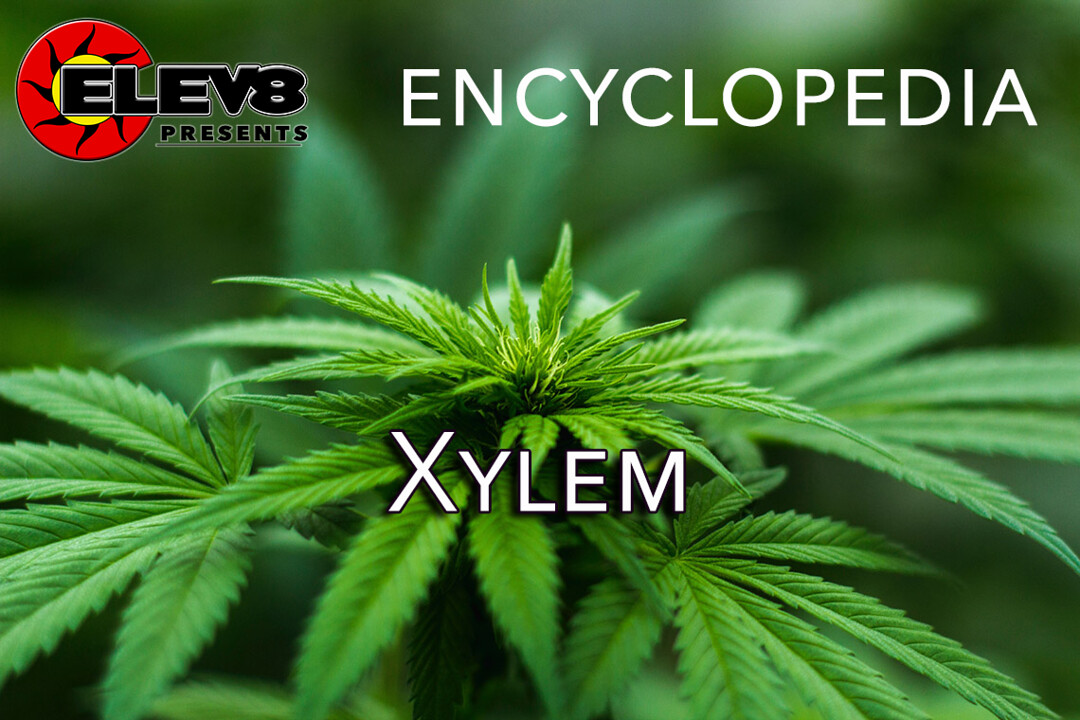What does Xylem mean?
Xylem is a complex tissue in the vascular system of the higher plants that transports water from the roots to the leaves and shoots. Together with phloem — another complex tissue — the xylem also helps to structurally support the plant.
Xylem consists of wood fibers, parenchyma cells, vessels, and tracheid. The term xylem is derived from a Greek word — xylon — meaning wood. Xylem tissues cover the entire plant.
More Info On Xylem
Plants normally have transport systems to facilitate the movement of water and nutrients from the roots to the leaves. These systems use two continuous tubes — the phloem and the xylem. The root hairs absorb water from the soil, then the water is transported up the stem through the xylem tubes to the leaves. Ultimately some of the water exits the plant through a process known as transpiration.
Unlike phloem, the xylem is made up of dead cells. They have thick walls strengthened by cellulose cells and a hollow lumen that aids transportation.
Tracheid is the most distinctive xylem cell that transports water. Besides tracheid, there are vessel elements that also aid in water transportation. The vessel and tracheid elements are distinguished by their shape. The xylem also contains two other cells known as fibers and parenchyma.
A plant’s xylem can also be classified into two forms — primary and secondary xylem. Like their names suggest, primary xylem is formed during primary growth while secondary xylem is formed during secondary growth.
There are two mechanisms that cause xylem to transport water and other components from the soil to the leaves.
- Root pressure — Due to the high concentration of solute, the root cells are more negative compared to the soil. For this reason, water can move from the soil to the roots through osmosis.
- Transpiration pull — Water evaporating from the surface of the mesophyll cells creates a negative pressure at the top of the plant that facilitates water being pulling up through the plant.
-
Xylem is a part of a vascular plant’s anatomy. Along with the phloem, they make up the ‘nutrient highway’ in the plant in which nutrients travel. Excess water transported by the xylem is “exhaled” by the plant through its stomata. On cannabis plants, the stomata is on the underside of the leaves.
Xylem sap can sometimes ooze out of the stomata (appearing like dew but formed at night when stomata are closed) in cannabis plants by a process known as “guttation”.
Cannabis growers should be cautioned about using pesticides on their crops as any pesticide that the plant has absorbed may weep out in the xylem sap.
This same xylem sap can cause burning of cannabis leaves if nutrient levels are too high. This will be visible on the leaf surface and appear like the efflorescence of winter salts on brick walls and walkways.
This definition was written in the context of Cannabis







